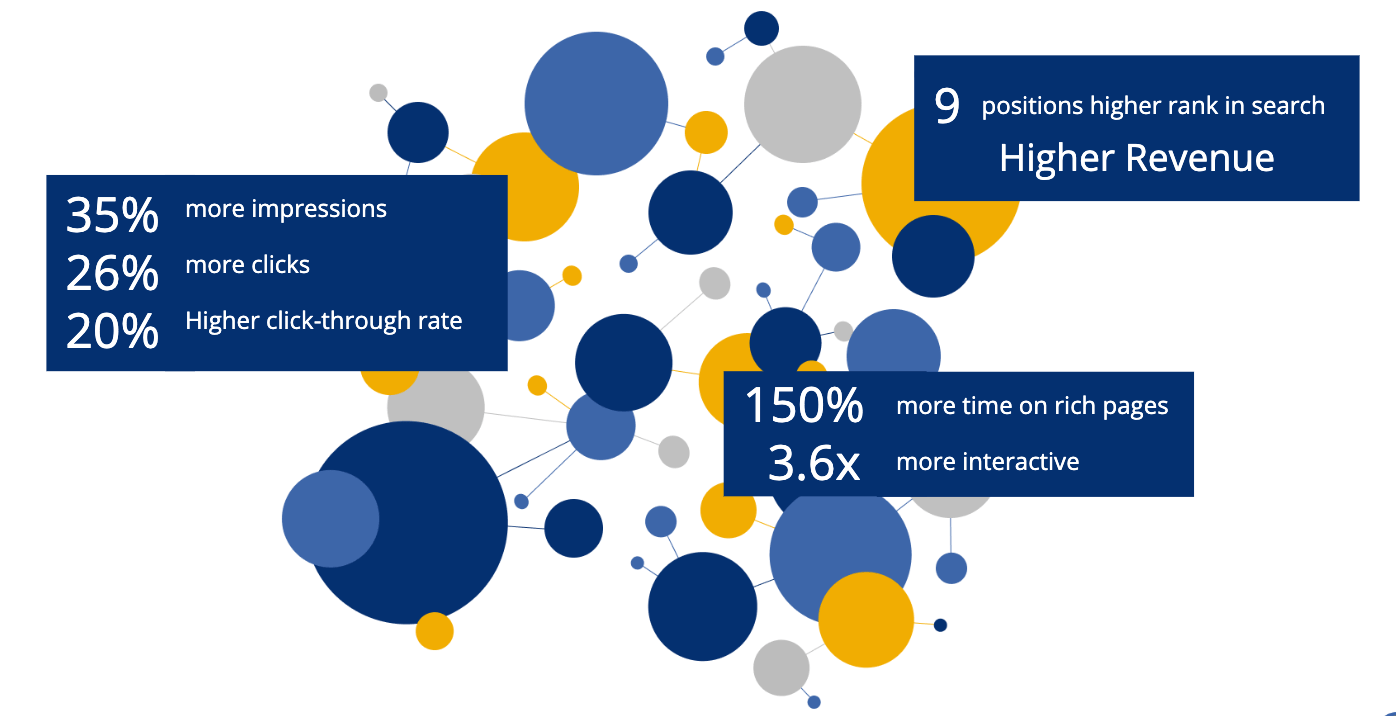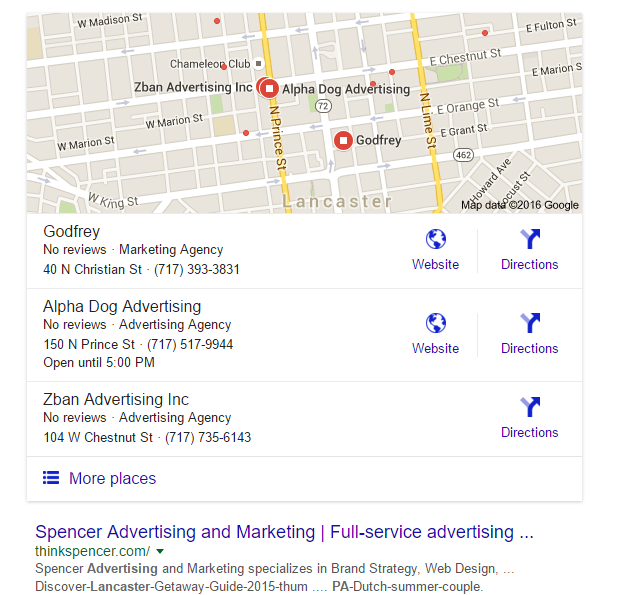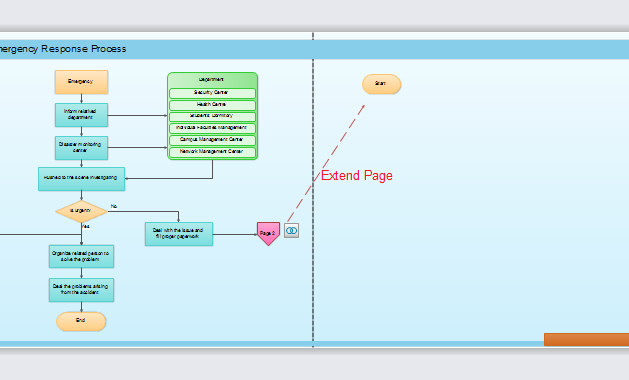
In the ever-evolving world of SEO, structured data—specifically schema markup—has become a critical tool for improving search visibility. However, even small mistakes in implementing schema can lead to significant consequences, including reduced rankings, missed opportunities for rich snippets, and poor user engagement.
Schema markup is a powerful way to help search engines like Google better understand your content. It allows you to provide additional context about your website’s information, which can result in enhanced search results such as star ratings, product details, or event listings. But when implemented incorrectly, these errors can backfire, causing your content to be ignored or misinterpreted by search algorithms.
This article will explore the 10 most common schema markup mistakes that can hurt your SEO performance and provide actionable solutions to fix them. Whether you’re a seasoned developer or just starting with structured data, understanding these pitfalls will help you avoid costly errors and maximize the benefits of schema markup.
What Is Schema Markup and Why It Matters
Schema markup is a type of structured data added to a website’s HTML code to help search engines understand the content on a page. It uses a standardized vocabulary (often from Schema.org) to define specific elements such as products, articles, events, reviews, and more.
When implemented correctly, schema markup enhances how search engines interpret and display your content in search results. This can lead to rich snippets—enhanced search results that include additional information like star ratings, pricing, or event dates. These features not only improve visibility but also increase click-through rates (CTR), making it a valuable part of any SEO strategy.
However, if schema markup is improperly implemented, it can cause confusion for search engines, leading to errors that prevent your content from being displayed effectively. In some cases, these issues can even result in penalties or reduced visibility in search results.
How Schema Markup Mistakes Impact SEO Performance
Schema markup errors can have a direct impact on several key SEO metrics:
- Reduced Visibility: If search engines cannot parse your schema markup, your content may not appear in rich snippets, reducing the likelihood of users clicking through to your site.
- Poor User Experience: Incorrect or incomplete schema can lead to misleading information in search results, which can harm your brand’s credibility.
- Lower CTR: Without rich snippets, your listing may blend in with other results, making it harder to stand out in a competitive search environment.
- Technical Issues: Some schema errors can cause parsing problems, leading to broken links or incorrect data representation on your site.
For example, if a product page lacks proper schema for price or availability, users might see inaccurate or missing information in search results. This can lead to confusion and lower conversion rates.
Step-by-Step Implementation Framework
To avoid schema markup mistakes, follow this structured approach:
- Define or Audit the Current Situation
- Start by identifying where schema markup is already in use on your site.
- Use tools like Google Search Console or the Rich Results Test to check for existing errors.
-
Understand the purpose of each piece of markup—whether it’s for an article, product, event, or local business.
-
Apply Tools, Methods, or Tactics
- Choose the right schema type based on your content (e.g.,
Article,Product,LocalBusiness). - Use JSON-LD format, which is recommended by Google and easier to implement.
-
Ensure all required fields are included (e.g.,
name,description,image). -
Measure, Analyze, and Optimize
- After implementation, test your schema using the Google Rich Results Test.
- Monitor performance in Google Search Console under the “Enhancements” section.
- Regularly audit your schema markup to catch any new errors introduced by updates or changes.
By following this framework, you can ensure that your schema markup is both accurate and effective, helping you avoid common pitfalls that could otherwise hurt your SEO efforts.
Real or Hypothetical Case Study
Consider a fictional e-commerce store that sells handmade jewelry. The site includes product pages with detailed descriptions, images, and customer reviews. However, the schema markup for these pages is incomplete, missing key fields like price, availability, and aggregateRating.
As a result, Google does not display rich snippets for these product pages, and users see generic search results without the necessary details. This leads to a lower CTR and fewer conversions.
After auditing the site and correcting the schema markup, the store sees a 25% increase in CTR and a 15% rise in sales. The improved rich snippets make the product listings more appealing, encouraging users to click and purchase.
This case study highlights the importance of accurate schema markup in driving traffic and conversions.
Tools and Techniques for Schema Markup
Several tools can help you create, validate, and manage schema markup effectively:
- Google Rich Results Test: A free tool that checks whether your schema is eligible for rich results and highlights any issues.
- Schema Markup Validator: Maintained by Schema.org, this tool ensures your markup follows the correct structure.
- Google Search Console: Provides insights into schema-related errors and helps monitor your site’s performance.
- SEO Plugins (e.g., Yoast SEO, Rank Math): These plugins simplify schema implementation and offer built-in validation.
- JSON-LD Generator Tools: Useful for creating structured data quickly, especially for non-developers.
- Chrome Extensions (e.g., Structured Data Testing Tool): Allow you to inspect and debug schema markup directly on live pages.
Using these tools regularly can help you maintain clean, error-free schema markup and stay ahead of potential issues.
Future Trends and AI Implications
As search engines continue to evolve, the role of schema markup is likely to expand. With the rise of voice search, multimodal search, and AI-driven ranking systems, structured data will become even more important for ensuring your content is understood and prioritized.
Google’s upcoming advancements in AI, such as SGE (Search Generative Experience), may rely heavily on structured data to provide more accurate and context-aware results. This means that businesses that invest in high-quality schema markup will have a significant advantage in the future.
To stay ahead, focus on creating accurate, comprehensive schema markup that aligns with your content and audience needs. Regular audits and updates will ensure your structured data remains relevant and effective.
Key Takeaways
- Avoid Missing Fields: Always include required properties like
name,description, andimage. - Use Valid Data Types: Ensure values match the expected format (e.g., numbers instead of text).
- Stick to Supported Types: Only use schema types recognized by search engines.
- Test Regularly: Use tools like Google Rich Results Test to validate your markup.
- Monitor for Errors: Keep an eye on Google Search Console for schema-related warnings.
By addressing these common schema markup mistakes, you can enhance your site’s visibility, improve user engagement, and gain a competitive edge in search results.
Meta Title: 10 Schema Markup Mistakes That Can Backfire and How to Fix Them
Meta Description: Discover the top 10 schema markup mistakes that can hurt your SEO and learn how to fix them. Improve your search visibility and avoid costly errors.
SEO Tags (5): schema markup, SEO errors, rich snippets, structured data, schema validation
Internal Link Suggestions: Parameter #7: Schema Markup Optimization, Parameter #12: Structured Data Best Practices, Parameter #18: Rich Snippets Strategy
External Source Suggestions: https://developers.google.com/search/docs/advanced/structured-data/intro, https://schema.org/









